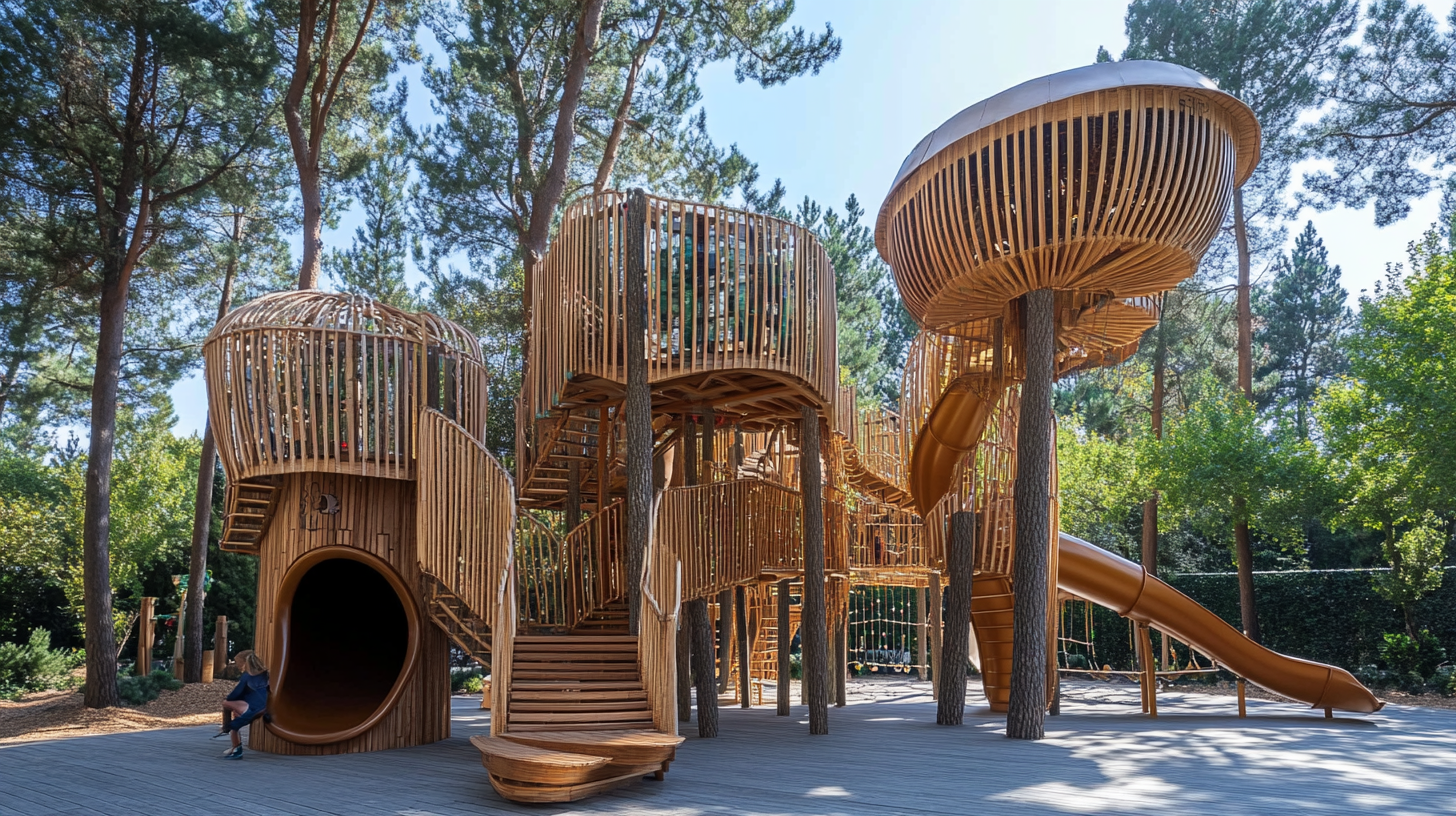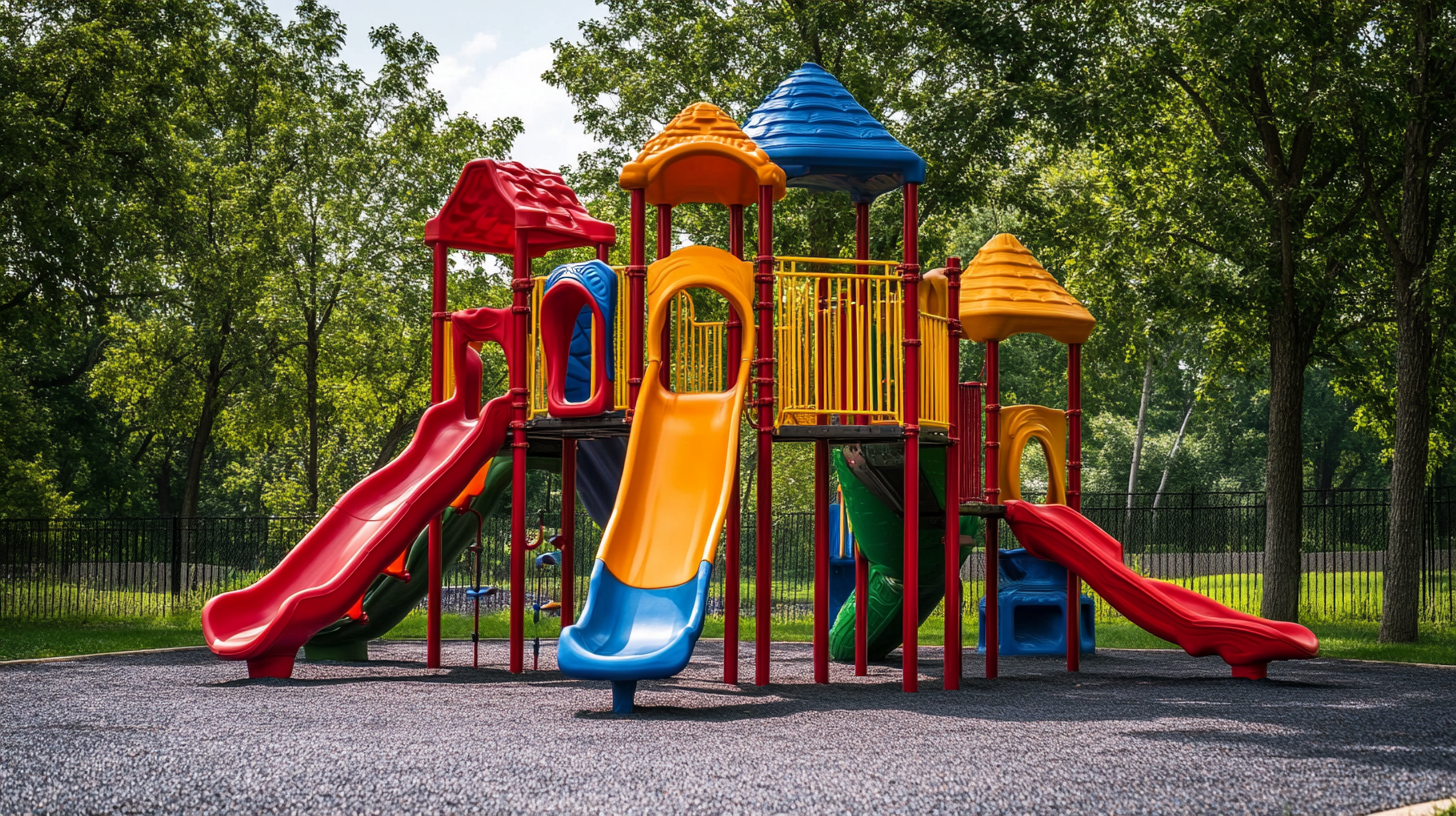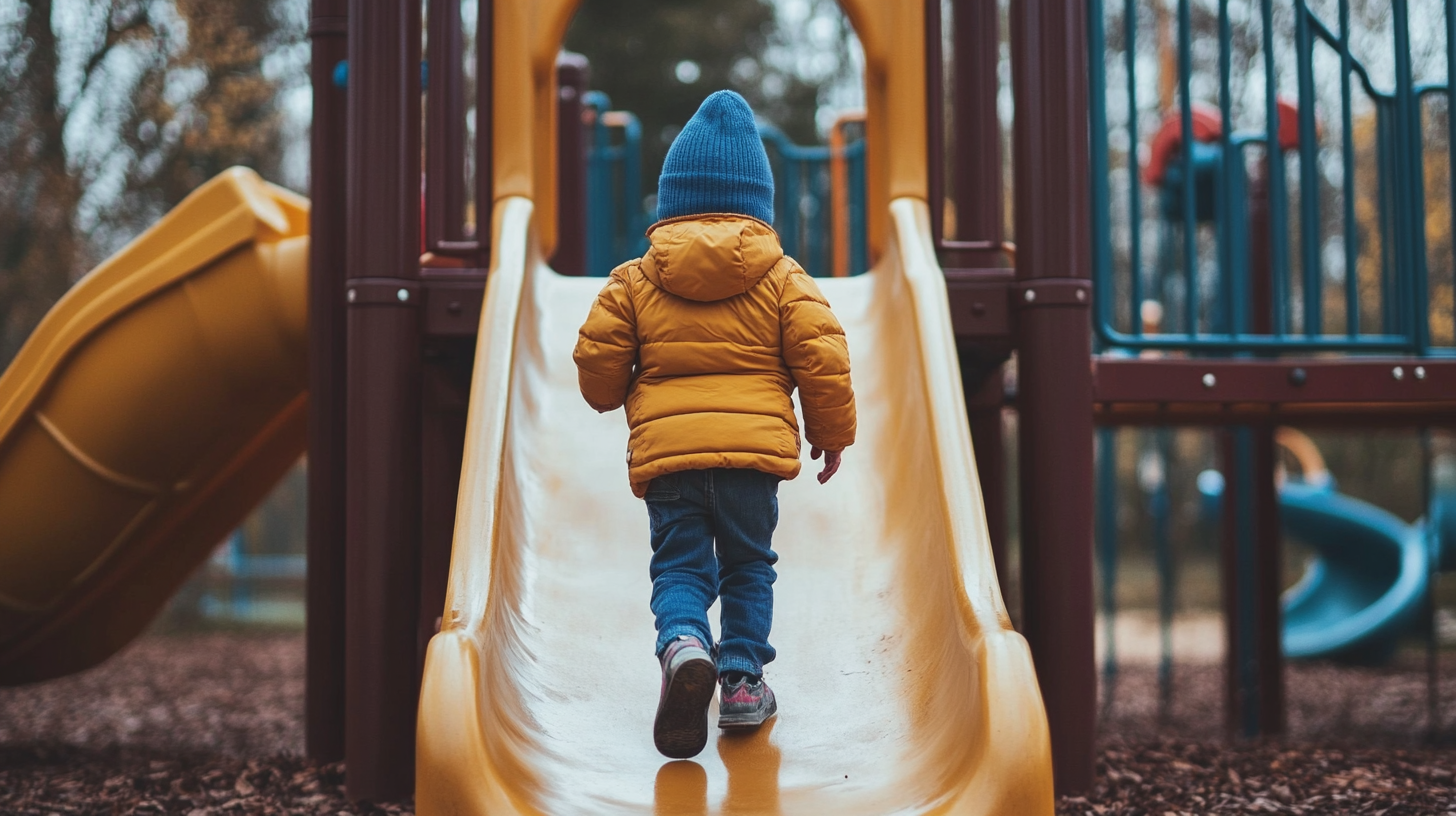
Inquiry
Form loading...
In recent years, the demand for Outdoor Play Structures has surged, driven by an increasing recognition of the importance of play in child development. According to a report by the International Playground Contractors Association, nearly 70% of parents believe that outdoor play is crucial for their children's physical and mental health. The global market for outdoor playground equipment is projected to reach approximately $2.8 billion by 2025, with a compound annual growth rate (CAGR) of 5.2%. This growth reflects not only a rising awareness of the significance of outdoor play but also advancements in design and safety standards that cater to both children and parents alike.
As manufacturers innovate to meet the diverse needs of today's families, trends such as eco-friendly materials, inclusive designs, and technologically integrated play features are becoming increasingly prominent. A study conducted by the American Society of Landscape Architects indicated that parks and playgrounds designed with these contemporary elements significantly enhance community engagement and well-being. This blog aims to provide global buyers with comprehensive insights into the current trends and innovations in Outdoor Play Structures, equipping them with the knowledge needed to make informed purchasing decisions that align with market demands and children's needs.

As the global demand for outdoor play structures continues to rise, several key trends are emerging that are shaping the future of this industry. According to a recent report from Grand View Research, the global outdoor playground equipment market is expected to reach $5.5 billion by 2027, growing at a CAGR of 4.9% during the forecast period. This growth is driven by increasing awareness of the importance of outdoor play in child development and health. One notable trend is the incorporation of sustainable materials in the design and manufacturing of outdoor play structures. Many manufacturers are prioritizing eco-friendly materials, such as reclaimed wood and recycled plastics, to appeal to a more environmentally conscious consumer base. A 2021 study from the International Play Equipment Manufacturers Association (IPEMA) found that 68% of parents prefer playgrounds made from sustainable materials, highlighting the increased emphasis on green practices. Additionally, the integration of technology into outdoor play structures is gaining traction. Interactive play systems that incorporate augmented reality are becoming popular, offering children engaging experiences that stimulate both physical and cognitive development. Research from the Toy Industry Association suggests that 52% of parents value the educational aspects of play, pushing manufacturers to innovate in product offerings that blend fun with learning. Furthermore, the customization of play structures is a growing trend, allowing buyers to tailor products to meet specific community needs. Data from the National Association of State Park Directors indicates that customized playgrounds not only enhance user satisfaction but also improve community engagement, making them an appealing option for municipalities looking to invest in public recreation spaces.

The outdoor play structure market is rapidly evolving, driven by innovations in materials and designs that significantly enhance safety and durability. According to a recent industry report by Grand View Research, the global playground equipment market is expected to reach USD 3.3 billion by 2025, highlighting the increasing demand for safe and durable play structures. These trends are reflective of a broader commitment to child safety and experience, as manufacturers prioritize not just the design aesthetics but also the longevity of their products.
Innovative materials such as high-density polyethylene (HDPE), thermoplastic coatings, and environmentally-friendly composites are at the forefront of this transformation. These materials not only reduce maintenance costs but also ensure that play structures withstand the elements. A study from IBISWorld indicates that the use of UV-resistant finishes can extend the lifespan of outdoor equipment by 30% or more. This enhancement in durability is crucial, particularly in regions that experience extreme weather conditions, ensuring that play spaces remain safe and functional throughout the year.
Furthermore, modern designs integrate safety features like rounded edges, non-slip surfaces, and impact-absorbing ground materials, which collectively contribute to injury prevention. The National Association of State Boards of Education (NASBE) emphasizes that well-designed outdoor playgrounds can correlate with a 47% reduction in injuries, underscoring the impact of thoughtful innovations in promoting child safety during playtime. By investing in these advanced materials and designs, buyers can expect not only to maximize their investments but also to nurture a safer, more engaging environment for children.

The outdoor play equipment industry is witnessing a transformative shift towards sustainable practices in manufacturing, driven by increasing consumer awareness and regulatory requirements. According to the Global Market Insights report, the outdoor play equipment market is projected to reach $60 billion by 2027, with a significant portion of this growth stemming from eco-friendly production methods. Manufacturers are increasingly adopting sustainable materials, such as recycled plastics and sustainably sourced wood, to meet the growing demand for environmentally responsible products.
In addition to material innovations, companies are implementing energy-efficient manufacturing processes. The National Association of Amusement Ride Safety Officials (NAARSO) highlights that manufacturers that incorporate renewable energy sources into their operations can reduce their carbon footprint by up to 30%. This shift not only supports environmental sustainability but also enhances brand reputation among eco-conscious consumers. As a result, companies that prioritize sustainable practices often experience an increase in customer loyalty and market share.
Moreover, the trend of integrating nature-based play elements is gaining traction. Industry experts report that landscapes that include natural materials and structures contribute to children's cognitive and physical development while minimizing the ecological impact. These innovative designs cater to the growing demand for outdoor experiences that are not just fun but also connect children with nature, promoting environmental stewardship from an early age. The commitment to sustainability in outdoor play equipment is clearly setting the stage for future innovations and market leaders in this evolving landscape.

The integration of technology into outdoor play structures has revolutionized the way children interact with their environment. Gone are the days when playgrounds were limited to swings and slides; today’s outdoor spaces are increasingly incorporating interactive digital elements that enhance physical activity and imaginative play. For instance, augmented reality games encourage kids to explore their surroundings, engage in collaborative activities, and develop problem-solving skills while enjoying the fresh air. This fusion of technology with traditional play encourages a deeper level of engagement that benefits both physical and cognitive development.
Moreover, technology-infused play structures can cater to a variety of age groups and abilities, ensuring inclusivity in outdoor play environments. Features such as smart panels that respond to touch or integration with mobile applications allow children to experience tailored play scenarios. These developments not only foster creativity and critical thinking but also aid in fostering social connections among peers as they work together to solve challenges or achieve goals.
The trend towards incorporating technology into outdoor play areas reflects a broader understanding of child development and the importance of interactive environments. As designers and manufacturers take cues from technological advancements, we can anticipate even more innovative solutions that prioritize play as an integral component of learning. This shift not only transforms playgrounds into dynamic learning hubs but also encourages children to embrace an active lifestyle, blending physical activity with technological exploration.
In recent years, the outdoor play structures market has seen significant shifts in consumer preferences and purchasing behavior. As families become increasingly aware of the importance of outdoor play for children's development, they are seeking structures that not only provide entertainment but also promote physical activity and creativity. Sustainability has emerged as a key factor influencing buying decisions, with many consumers favoring eco-friendly materials and designs that minimize environmental impact.
Moreover, the rise of digital connectivity has transformed how buyers assess their options. Parents often turn to online reviews and social media to gather insights into the best outdoor play structures available. This trend emphasizes the importance of brand reputation and customer feedback in shaping purchasing behavior. Companies that engage with consumers through these platforms can better understand their needs and preferences, allowing them to tailor their offerings accordingly.
Customization is another trend gaining traction among global buyers. Families are looking for play structures that can be personalized to fit their specific yard space and children's interests. This demand for versatility not only enhances the value of these products but also fosters a deeper emotional connection between the family and the play structure. As manufacturers adapt to these evolving consumer preferences, the market is poised for continuous innovation, offering exciting new possibilities for outdoor play.
